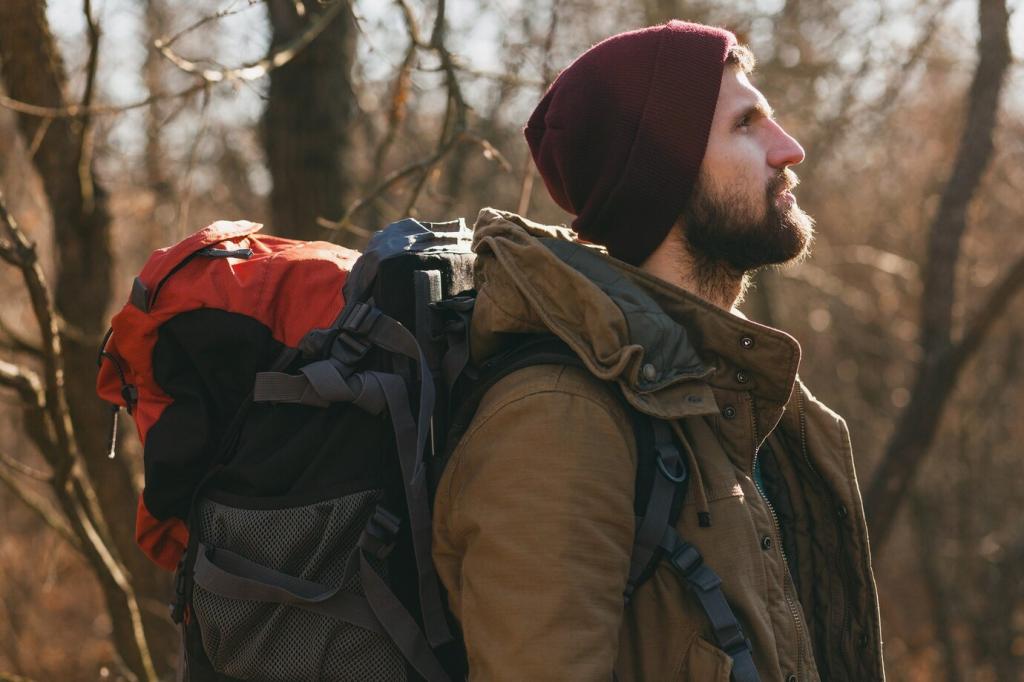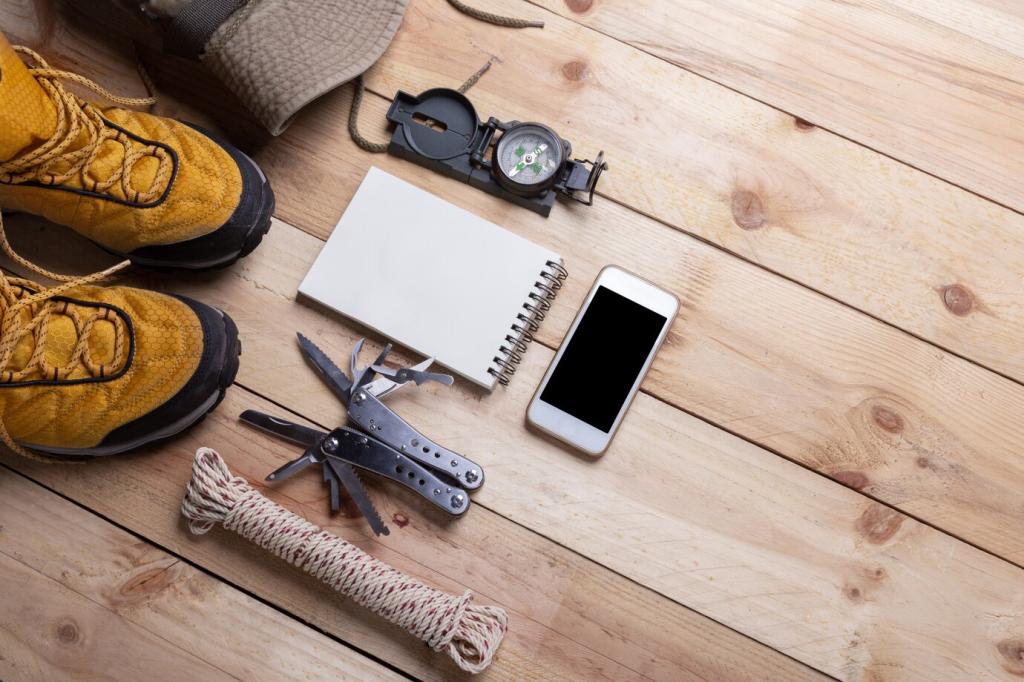Layering Techniques for All Seasons
Chosen theme: Layering Techniques for All Seasons. Master the art of building comfort, style, and adaptability into every outfit, no matter the weather. From base to shell, discover practical tricks, real stories, and smart tips to refine your layering game. Share your favorite combinations and subscribe for weekly inspiration.
The Three-Layer Rule, Reimagined
Start with a base that moves moisture and feels great against skin. Merino blends resist odor, while soft synthetics dry quickly and stretch easily. Choose close-fitting pieces with minimal seams to reduce chafing, and test how they perform under real-world conditions like long commutes or brisk walks.
Spring Layering That Loves Sudden Weather

Lean into breathable cotton blends, merino tees, and light twill overshirts that handle cool mornings and mild middays. A cardigan or thin quilted liner adds warmth when needed and disappears when it’s not. Keep silhouettes slim to avoid bulk as layers come on and off through the day.
Summer Layering Without Overheating
Choose ultra-light shirts, breathable overshirts, or UV-protective layers that block sun yet release heat. Fabrics with open weaves promote airflow, while light colors reflect warmth. A roomy cut prevents cling, making movement easy. Share your favorite sun shirt and why it earns space in your bag.
Summer Layering Without Overheating
When temperatures swing between blazing sidewalks and arctic air-conditioning, carry a linen overshirt or soft scarf. These compact layers soften chilly blasts without trapping heat outdoors. Opt for quick-drying materials that refresh overnight in a sink. What’s your most-used summer travel layer—and why?
Summer Layering Without Overheating
Combine wicking tanks with vented outer layers to handle sweat and motion. Mesh panels and perforations quietly enhance comfort during commutes or errands. Avoid heavy finishes that block breathability. If you train after work, tell us how you tweak layers from desk to workout without feeling weighed down.

Knitwear and Overshirts
Mix fine knits with flannel or sturdy overshirts for flexible warmth. A merino crew under a brushed shirt creates a cozy, structured base that layers neatly beneath a light jacket. Keep hems and cuffs aligned to avoid bulk. Tell us which knit weights you reach for first in September.

Accessories as Layers
Scarves, beanies, and thin gloves transform comfort on crisp mornings and tuck away by lunch. Choose textures that complement outerwear—ribbed wool with smooth shells or cashmere with denim. Small accessories fine-tune temperature without a full outfit change. What accessory saved your last leaf-peeping weekend?

Trail Story: Golden Hour
On a sunset hike, a flannel over a breathable tee plus a packable wind shell handled shady switchbacks and breezy ridgelines. The shell stopped gusts without trapping heat, while the flannel added gentle warmth during rest. Share your fall hike layering formula and inspire weekend wanderers.

Choosing Insulation: Down vs Synthetic
Down is ultralight and compressible, ideal for dry cold; synthetics retain warmth better when damp and dry faster. Consider your climate and activity level, then size for layering space without drafts. Share which fill you trust for sleet, lake-effect snow, or long waits at the bus stop.
Base Layer Weights and Fit
Pick base weights that match effort: lightweight for active days, midweight for stop-and-go commutes, and heavier for low movement. A close fit boosts wicking and keeps warm air near skin. Tell us how you rotate bases across winter plans—from desk days to weekend sledding.
Outer Armor and Venting
When storms hit, a weatherproof shell with a tall collar, adjustable cuffs, and a snug hood matters. Look for venting features to dump heat on climbs, then tighten closures at the top. Share your best tip for preventing foggy glasses while staying sealed from whipping wind.
Care, Sustainability, and the Capsule Layering Wardrobe
Wash base layers with gentle detergents, skip heavy softeners that reduce wicking, and air-dry when possible. Brush fleece to refresh loft and store shells uncompressed to protect coatings. Share your favorite laundry tweaks that kept a trusted layer comfortable and reliable year after year.

